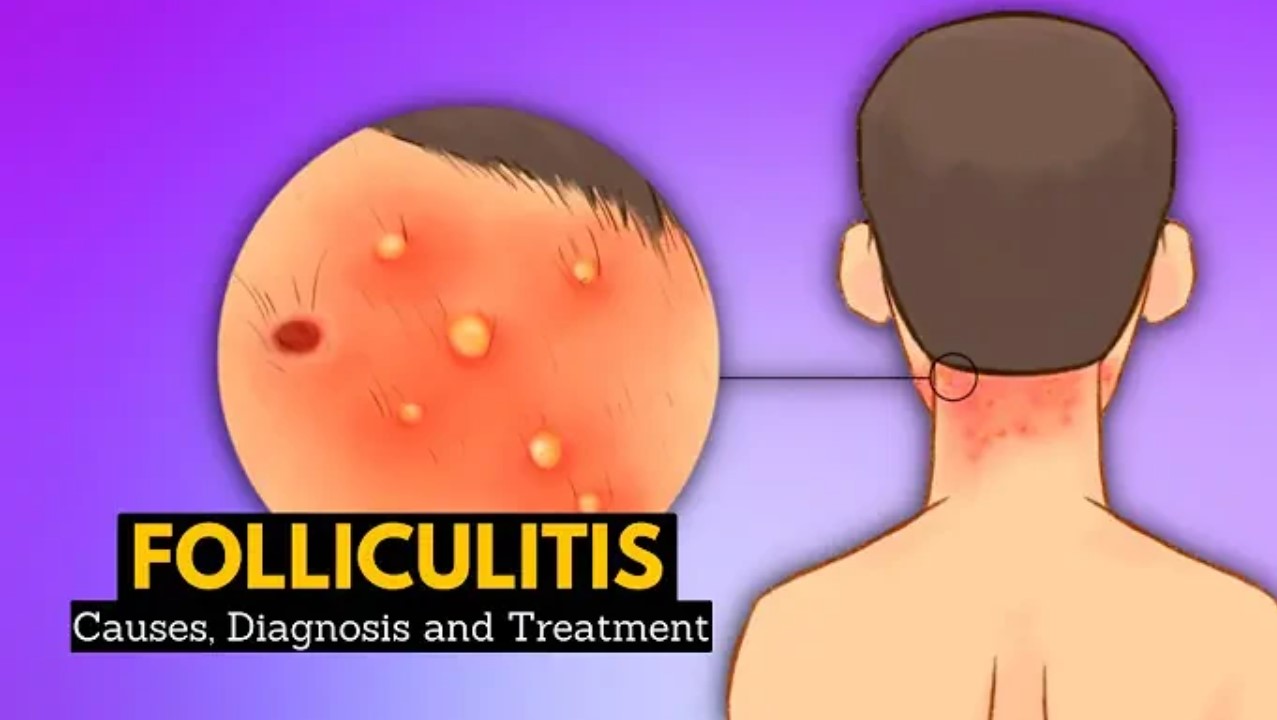1. Skin Infections :One of the most common manifestations of a staph infection is on the skin. Staphylococcus bacteria can cause various types of skin infections, including. Boils : These are red, swollen, and painful lumps on the skin that are filled with pus. They usually start as small, red bumps but can grow larger and more painful over time…Click Here To Continue Reading>> …Click Here To Continue Reading>>
Impetigo : This highly contagious skin infection is characterized by red sores, often on the face, especially around the nose and mouth. These sores can rupture, ooze, and form a yellow-brown crust. Cellulitis: This infection causes red, swollen, and painful areas on the skin, usually on the legs. The affected skin feels warm to the touch and may blister. Abscesses: These are collections of pus that can form under the skin or within deeper tissues. They are typically swollen, red, and painful. 2. Food Poisoning: Staphylococcus bacteria are known to produce toxins that can lead to food poisoning. The symptoms of staphylococcus food poisoning usually come on quickly, within hours of consuming contaminated food, and include. Nausea and Vomiting: Sudden onset of nausea and vomiting is a common sign of staph food poisoning.
Diarrhea: Watery, non-bloody diarrhea often accompanies vomiting.
Abdominal Pain: Cramping and abdominal pain are frequent symptoms.
Fever: A mild fever may occur, although it is not always present. 3. Respiratory Infections Staph bacteria can also cause respiratory infections, including:
Pneumonia: This lung infection can cause symptoms such as chest pain, difficulty breathing, fever, and a productive cough with mucus that may be blood-tinged. Sinusitis: Staphylococcus can infect the sinuses, leading to symptoms like nasal congestion, facial pain, and a yellow or green nasal discharge.Bronchitis: Inflammation of the bronchial tubes can cause a persistent cough, mucus production, and wheezing.
4. Bone and Joint Infections
Staphylococcus bacteria can infect bones and joints, leading to conditions such as.Osteomyelitis: This infection of the bone can cause severe pain, swelling, redness, and warmth over the affected area. Fever and chills are also common.Septic Arthritis: This infection in a joint can result in intense pain, swelling, and reduced range of motion. The affected joint may also be warm to the touch and red. READ FULL STORY HERE>>>CLICK HERE TO CONTINUE READING>>>
5. Bloodstream Infections :When staph bacteria enter the bloodstream, they can cause a severe condition known as sepsis or bacteremia. Symptoms include .Fever and Chills: High fever and chills are common signs of a bloodstream infection.
Low Blood Pressure: Septic shock can cause dangerously low blood pressure, leading to dizziness and confusion.
Rapid Heart Rate: An increased heart rate is often present in sepsis.
Organ Failure: Severe sepsis can lead to failure of various organs, including the kidneys, liver, and heart.
6. Toxic Shock Syndrome
Toxic shock syndrome (TSS) is a rare but life-threatening condition caused by toxins produced by certain strains of staph bacteria. Symptoms of TSS include: High Fever: A sudden high fever is a hallmark of TSS. Low Blood Pressure: Hypotension can lead to dizziness and fainting.Rash: A red, sunburn-like rash may develop, often on the palms and soles. Multi-organ Dysfunction: TSS can affect multiple organs, leading to confusion, seizures, and severe muscle pain.Conclusion
Staphylococcus infections can range from minor skin irritations to severe, life-threatening conditions. Recognizing the signs and symptoms of these infections is essential for early intervention and effective treatment. If you suspect a staph infection, seek medical attention promptly to prevent complications and promote a swift recovery.


 SPORTS8 months ago
SPORTS8 months ago
 IN-THE-NEWS9 months ago
IN-THE-NEWS9 months ago
 HEALTH & LIFESTYLE9 months ago
HEALTH & LIFESTYLE9 months ago
 IN-THE-NEWS4 months ago
IN-THE-NEWS4 months ago
 METRO8 months ago
METRO8 months ago
 HEALTH & LIFESTYLE9 months ago
HEALTH & LIFESTYLE9 months ago
 SPORTS9 months ago
SPORTS9 months ago
 IN-THE-NEWS4 months ago
IN-THE-NEWS4 months ago


